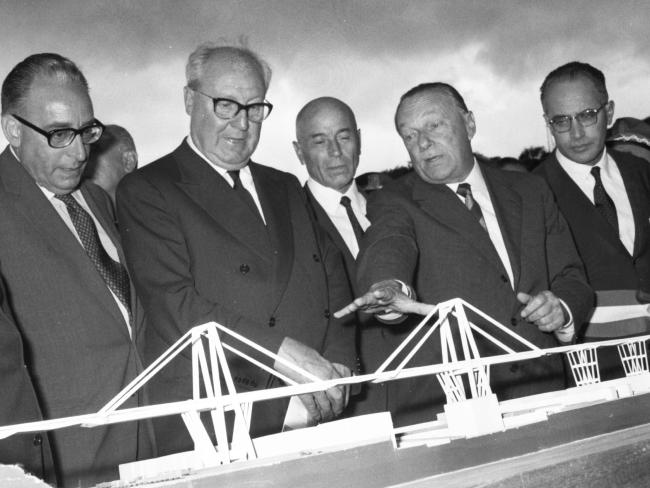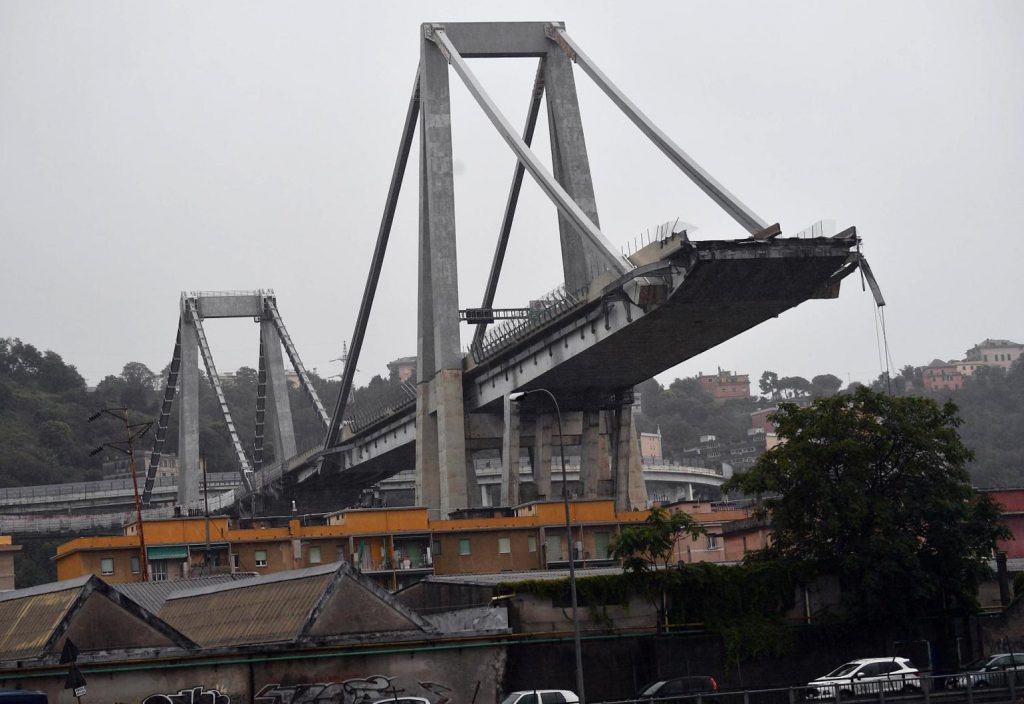The collapse of the Morandi Bridge in Genoa, Italy, last week was one felt around the world, and has left many questioning what went wrong and if something similar will happen elsewhere.
Dozens are dead and investigations are still underway after a nearly 230 m section of the towering Ponte Morandi Bridge collapsed during a fierce storm in a port section of the city. Cars plunged to the ground, and sections of the bridge fell onto two warehouses below.
While the initial response focused on rescuing those trapped under rubble, a parallel search is underway to discover exactly what happened and why, and what it might mean for infrastructure maintenance.
A history of concerns
There are several theories as to what caused the bridge collapse, ranging from nearby construction, to lack of maintenance and even a lightning strike. However, the bridge had received criticism about structural issues for decades.
The Italian engineer who designed the bridge (and the bridge’s namesake), Riccardo Morandi, penned a report in 1979 pointing to a “well-known loss of superficial chemical resistance of the concrete” because of sea air and pollution from nearby manufacturing plants. Although he reaffirmed the soundness of the bridge, he warned it would require constant maintenance.

The bridge also underwent significant maintenance in the 1980s and 1990s, when some of the stays had to be replaced. The bridge was renovated in 2016, and construction was underway at the time of the collapse to shore up the foundation.
Back in 2016, University of Genoa professor Antonio Brencich, who specialises in reinforced concrete construction, called it “a failure of engineering”.
And a report from 2017 by the motorway operator, Autostrade per L’Italia (a subsidiary of Atlantia), warned about the deteriorating condition of the bridge. Stefano Della Torre, head of the Department of Architecture, Built Environment and Construction Engineering at Milan’s Politecnico university, said the study found anomalies with how some of the bridge stays reacted to vibration.
“A sign of things to come”
Rescue efforts wrapped up this week, and now everyone’s attention is on finding the cause of the collapse – and the party responsible.
The working theory, according to early investigations, is that the collapse was the result of a structural failure. The Italian CNR civil engineering society said the Morandi Bridge is part of a class of structures dating back to the 1950s and 60s that are past their asset lifespan.
The bridge is “an unusual type”, said Ian Firth, President of the Institution of Structural engineers in 2017. It’s made from prestressed concrete, which was a relatively new construction material at the time of the Morandi Bridge’s construction.
“It’s from a time when we didn’t know as much as we know now about how these [prestressed concrete] structures behave. There are few bridges of this sort in the world,” he said.
A lack of maintenance might also be to blame. Both Italy’s Deputy Prime Minister Luigi Di Maio and Transport Minister Danilo Toninelli pointed the finger at Autostrade for not carrying out maintenance. However, Autostrade maintains it monitored and supervised the bridge constantly, and issued quarterly reports as required by law.
But Dr Colin Caprani, a chartered engineer and senior lecturer in structural engineering at Monash University, thinks the rush to find blame for the disaster can “cloud the real issue”.
“Finding one person or agency at fault might falsely lead us to think that it cannot happen here in Australia. Certainly in each instance there are specific circumstances that lead to a collapse, but these events cannot be seen as one-offs,” he wrote in an opinion piece for the ABC.
According to Caprani, this is just part of a trend towards failures as asset deterioration and increasing freight and traffic loads take their toll.
Caprani advocated for more widespread use of monitoring technology such as structural health monitoring systems to catch potential issues early.
“It’s surely time that smart sensing solutions are mandated for use across all our aged infrastructure to protect people from the events like the Genoa bridge collapse while making the best economic use of the assets we already have,” he wrote.
“Seventy per cent of Australia’s bridges are more than 50 years old. We must facilitate and resource our engineers to be proactively vigilant on the public’s behalf.”
